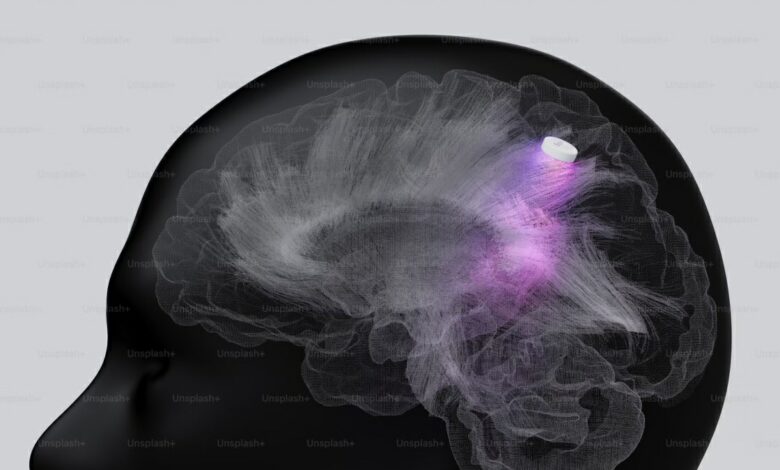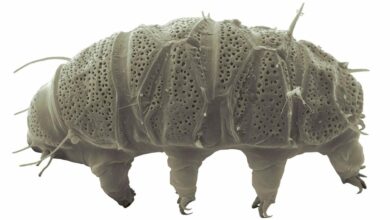Researchers Identify Amygdala Cell Clusters to Treat Anxiety

Researchers at the University of California, Davis, have identified several cell types in the amygdala that may have the potential to revolutionize the treatment of anxiety, depression and other emotional disorders. This discovery could pave the way for more targeted therapies that target the specific cells responsible for anxiety-related disorders, a major step forward in understanding and managing these complex disorders. The findings were detailed Oct. 30 in the American Journal of Psychiatry, highlighting the role of the amygdala as a critical structure in emotion regulation and its potential as a focal point for therapeutic advances.
Research into the role of the Amygdala in emotional disorders
The report was published on Psychiatry Online. According to the study, Drew Fox, associate professor in the Department of Psychology at UC Davis, explained the fundamental role of the amygdala in processing emotions such as fear and anxiety, noting that these conditions affect millions of people worldwide. Despite long-standing interest in whether the size or structure of the amygdala is linked to emotional disorders, Fox noted that previous studies show limited correlation between overall amygdala size and anxiety or depression. Instead, the focus shifts to the cellular composition of the amygdala, where certain clusters may perform different emotional functions and be directly involved in the development of anxiety and related disorders.
Advanced techniques reveal cellular insights
The UC Davis team, led by graduate student Shawn Kamboj in collaboration with Professor Cynthia Schumann of the UC Davis School of Medicine, used single-cell RNA sequencing to isolate specific cell clusters in both human and non-human primates. This advanced approach allowed researchers to sort cells based on their gene expression patterns, identifying cells likely to contribute to emotional dysregulation. By isolating genes that are actively expressed in each cell, the team mapped a comprehensive cellular profile that could help translate findings from animal models to human applications.
FOXP2 and potential drug targets for anxiety
Among their discoveries researchers highlighted cells expressing the FOXP2 gene, which they believe plays a “gatekeeper” role within the amygdala. These FOXP2-positive cells, located at the edges of the amygdala, are thought to regulate signals related to fear. In rodent models, this group of cells appears to act as a checkpoint, controlling the flow of information related to fear responses. The team also identified Neuropeptide FF Receptor 2 (NPFFR2) in these cells, providing a promising target for future drug therapies.
Implications for anxiety treatments
This research could provide advanced treatment options by showing how specific cell types contribute to anxiety, potentially enabling therapies that target ‘bottlenecks’ in emotional processing. According to Fox, the goal is to develop interventions that specifically target the cells that influence anxiety, making way for highly targeted and effective treatments.
For the latest tech news and reviews, follow Gadgets 360 X, Facebook, WhatsApp, Wires And Google News. For the latest videos on gadgets and technology, subscribe to our YouTube channel. If you want to know everything about top influencers, follow our in-house Who is that360 on Instagram And YouTube.

Apple MacBook Pro with new design, M6 chip and improved display will be launched in 2026: report
Dragon Age: The Veilguard will not get any expansions, now focus on the next mass effect, says BioWare





